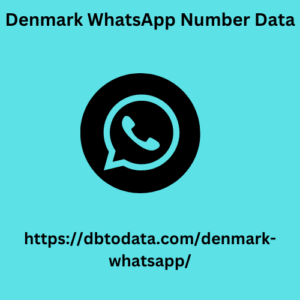Post-click marketing is the practice of engaging with potential customers after they click on your business’s PPC ad. Think of it as your typical marketing funnel. The first click achieves awareness and proves user interest. The next stage is where decisions get made. Users can either leave your site entirely or travel further down the funnel, depending on how your post-click marketing impacts their consideration of your product. This is your opportunity to personalize the redirect path as much as possible.
Imagine seeing an ad like this: And being Denmark WhatsApp Number Data sent here: Image courtesy of Facet. It’s a beautiful homepage, but as a user—you’re lost. You clicked that ad for one thing only: home extensions. But that homepage requires you to navigate the site to find what you’re looking for., it’s more clicks and content for your brain to consider while browsing. When optimizing your post-click strategy, your goal is to limit distractions and bring the user to the exact destination implied by your ad.

This is called message matching and, for PPC marketers, conversions are made and lost on the accuracy of this strategy. That’s why Facet’s ad brings users to the page below instead of their home page. Well done, Facet. On average, 52% of B2B PPC ads point to their homepage instead of a landing page. Using our landing page analyzer, Unbounce found that dedicated landing pages converted 65% higher than website pages. Personalized, targeted, and relevant landing pages play a huge part in determining whether your PPC ads convert as intended.
|